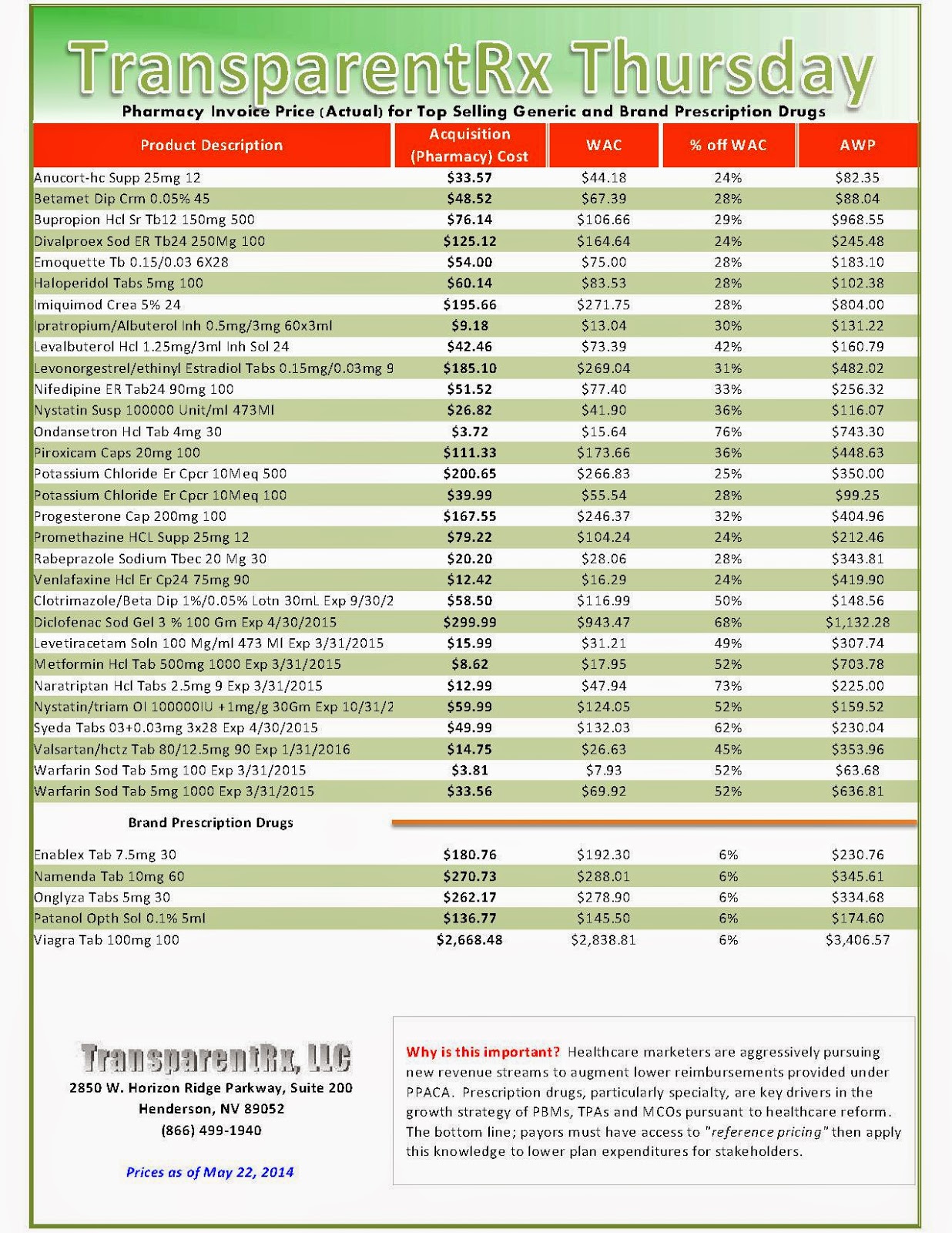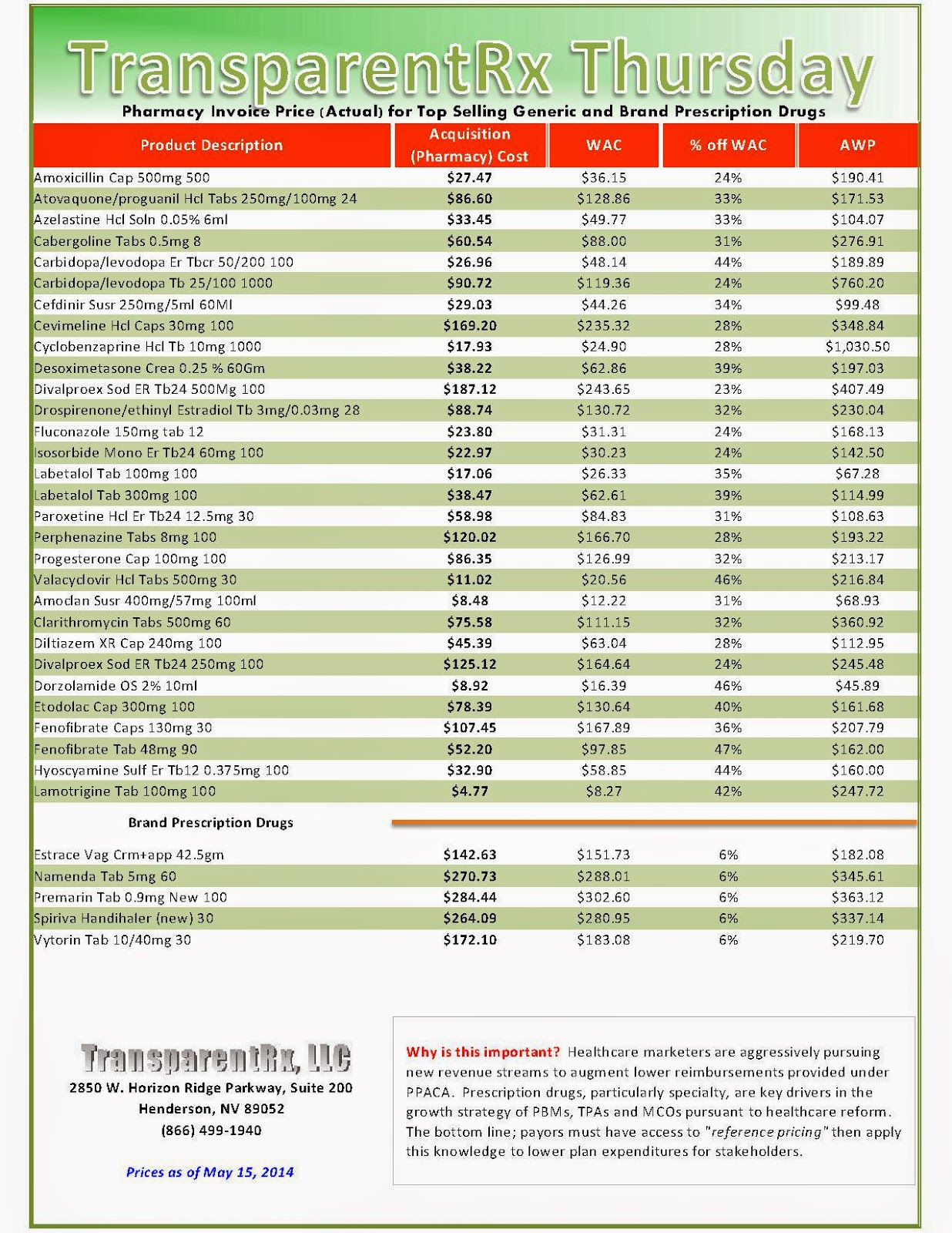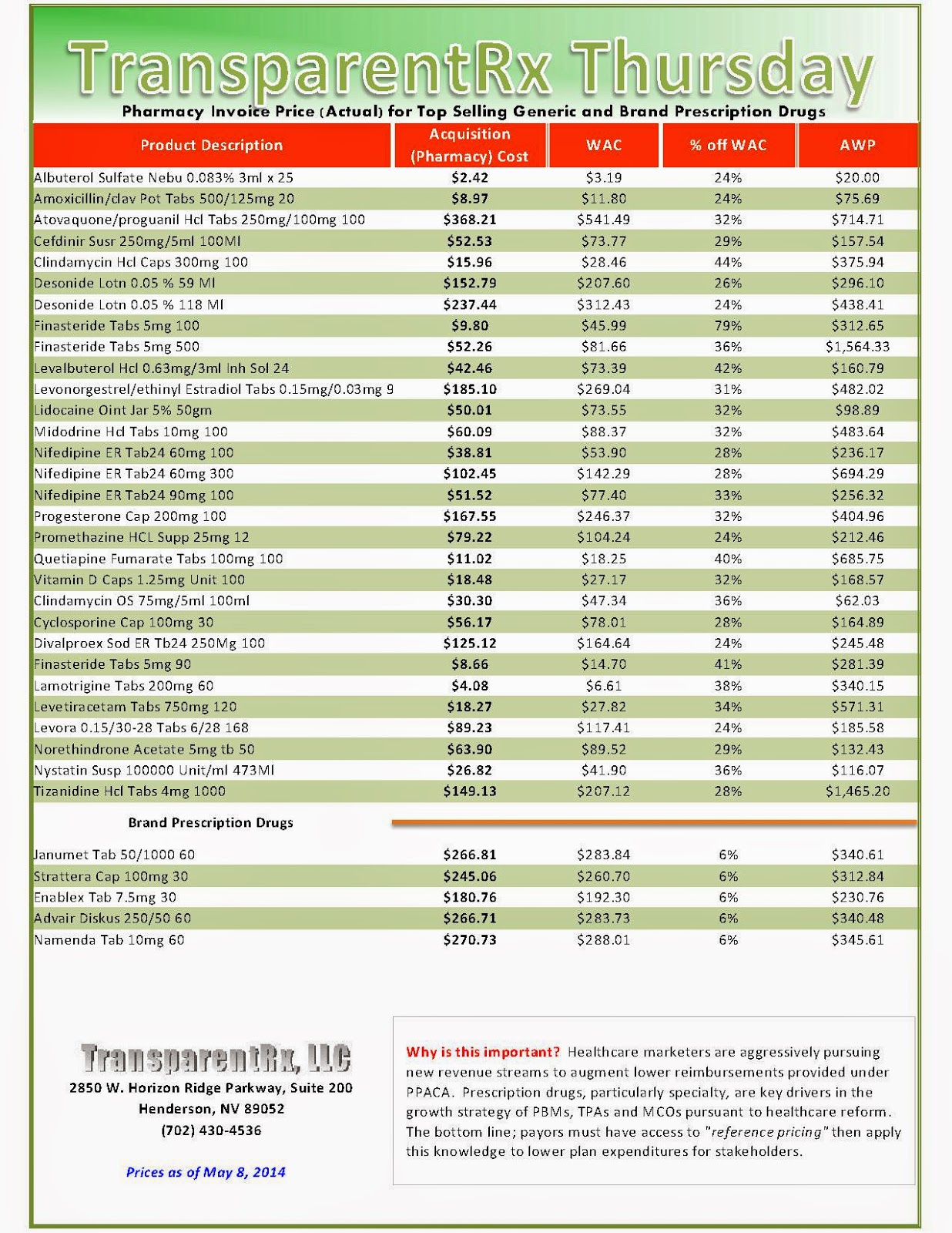The insurance industry is picking a fight with pharmaceutical companies over the rising cost of specialty drugs.
Insurers say the high prices are raising healthcare costs for insurance companies and everyone else, threatening the sustainability of the U.S. healthcare system.
Drug makers say the high prices are necessary to recoup research and development costs. They also say insurers should cover more of the cost of pharmaceuticals.
The fight has been waged as a full-fledged feud in Washington between America’s Health Insurance Plans (AHIP), the lobbying group for insurers; and the Pharmaceutical Researchers and Manufacturers of America (PhRMA).

In the last week, AHIP CEO Karen Ignagni has launched a full-on public relations assault against drugmakers, who AHIP says threaten to threaten to bankrupt families and bust government healthcare budgets.
“Is this ‘whatever you can get away with’ pricing here?” Ignagni asked during a healthcare conference hosted by the New York Time on Thursday. “Is that the right thing for the future?”
Ignani questions whether U.S. consumers are subsidizing lower drug prices in other countries. And during another recent healthcare conference hosted by The Atlantic, Ignagni
warned if stakeholders do not fix the rising cost of drugs, the government may end up legislating drug costs.
The catalyst for this fight is Gilead’s $1,000-per-pill Sovaldi, which is used to treat Hepatitis C. A patient required to take one pill a day for 24 weeks would have to pay $168,000.
AHIP has lambasted the drug’s cost. And while Gilead is not a member of PhRMA, the lobby group has come to its defense.
“It is penny wise and pound foolish to focus solely on the price of a new medicine while completely ignoring the value it provides to patients and the health care system broadly,” said John Castellani, PhRMA CEO.
“Curing Hepatitis C not only dramatically improves patients’ lives, but has the potential to save the U.S. health care system as much as $9 billion per year by preventing expensive hospitalizations and avoiding thousands of liver transplants that routinely cost over $500,000 each.”
Read more: http://thehill.com/policy/healthcare/207803-rising-drug-prices-trigger-civil-war-between-healthcare-lobbies#ixzz33U8PDHew
 In the last week, AHIP CEO Karen Ignagni has launched a full-on public relations assault against drugmakers, who AHIP says threaten to threaten to bankrupt families and bust government healthcare budgets.
In the last week, AHIP CEO Karen Ignagni has launched a full-on public relations assault against drugmakers, who AHIP says threaten to threaten to bankrupt families and bust government healthcare budgets.
_1.jpg)
_1.jpg)
_1.jpg)
_1.jpg)